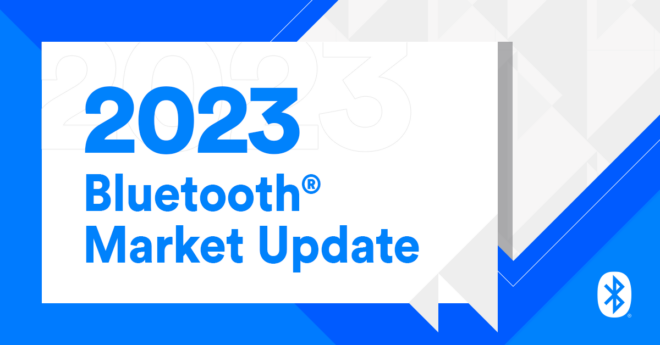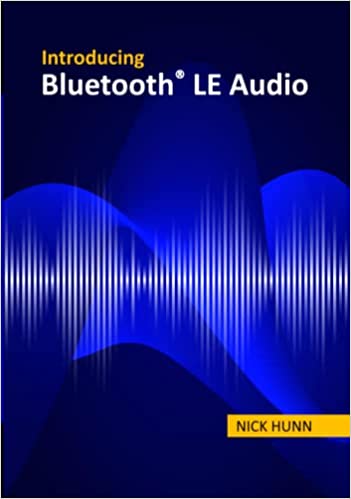Bluetooth® LE Audio is the next generation of audio performance. Improving lives and audio experiences, it is no surprise that major technology companies like Sony Corporation are choosing Bluetooth LE Audio for their wireless audio needs.
I recently spoke with Sony’s Masahiko Seki about the challenges Bluetooth LE Audio is solving, how Bluetooth LE Audio will impact our lives in the near future, and the upcoming changes to look forward to across the wireless audio market.
Q&A With Masahiko Seki From Sony
What led to your participation in the LE Audio working group?
Sony has been involved in the Bluetooth Special Interest Group (SIG) for some time now, particularly in the Audio, Automotive, and Telephony Working Group (ATAWG) in relation to developing audio-related specifications. Discussions were already underway to create Bluetooth LE Audio streaming specifications for hearing aids, but since it could replace A2DP, we, at Sony, decided to look into using it for applications other than hearing aids to enhance audio experiences and convenience. In 2017, we submitted a new work proposal – LE High Quality Audio – to the Bluetooth SIG, setting in motion discussions in the ATAWG. Those discussions led to the development of the Telephony and Media Audio Profile (TMAP), which is one of the Bluetooth LE Audio specifications.
What wireless audio challenges will Bluetooth LE Audio address?
The biggest is streaming latency, which Bluetooth LE Audio helps improve. A2DP is an asynchronous transmission profile that uses ACL transport, which requires many buffers that may cause some delays. This results in lag between image and sound that needs to be fixed by delaying video or some other mechanism. This also makes A2DP unsuitable for interactive usages such as video games. Bluetooth LE Audio uses LE Isochronous Channels, a feature introduced in Bluetooth® Core Specification version 5.2 that enables time-synchronized audio streaming. As a result, fewer buffers are needed, and delays are shorter. This enables audio streaming that is better suited to movies, video games, etc.
Bluetooth LE Audio also supports Auracast™ broadcast audio, which is not supported by Bluetooth® Classic Audio. This would enable first-ever usage scenarios such as streaming audio from a single TV to multiple enabled headphones for simultaneous listening by several people, or streaming announcements direct to any Bluetooth enabled device, such as headsets within range in airports and other similar public places.
![]()
ON-DEMAND WEBINAR
What Product Developers & Public Locations Need to Know About Auracast™ Broadcast Audio
Watch this discussion on how Auracast™ broadcast audio will introduce new opportunities for wireless audio developers and allow public locations to enhance their visitor satisfaction while increasing audio accessibility for all.
How will the introduction of Bluetooth LE Audio and Auracast™ broadcast audio benefit consumers and enhance their audio experiences?
Bluetooth LE Audio offers technical advantages such as low-latency transmission and broadcast streaming. Using it for gaming headphone wireless communications, for example, enables the kind of low-latency transmission that is difficult to achieve with the conventional Bluetooth® Classic Audio. For gameplay too, this low latency, together with the stability of the connection, ensures hassle-free audio streaming. Then there’s airport boarding announcements and other such announcements in public places where ambient noise otherwise makes hearing such announcements difficult. Bluetooth LE Audio’s broadcast communication support enables simultaneous streaming of announcements or music to any number of headphones or hearing aids. You can also share TV and other content with family and friends. Bluetooth LE Audio enables user experiences like these that were impossible with Bluetooth Classic Audio.
“Bluetooth LE Audio’s broadcast communication support enables simultaneous streaming of announcements or music to any number of headphones or hearing aids.”
What has you most excited about Bluetooth LE Audio?
We hope that the way Bluetooth LE Audio supports low latency, broadcast, and other functions will drive its broad use not only for conventional music streaming and call functions, but also for video games, public announcements, and other scenarios in which its use enhances user experience and convenience. Also, we feel that simultaneously transmitting tracking and other sensor data with Bluetooth Low Energy (LE) will enable smooth audio streaming less prone to audio dropout. We anticipate that speeding up Bluetooth LE will, in the future, enable better sound quality, lower power consumption, greater connection stability, and other performance improvements that expand the specification.
What new directions will Sony explore based on Bluetooth LE Audio R&D?
We will eventually enable our Bluetooth® audio products to support Bluetooth LE Audio as well as Bluetooth Classic. Bluetooth LE Audio’s low latency, broadcast capability, and other new features create possibilities for products that offer convenience and support innovative first-ever usage scenarios. We feel that low latency is especially important for improving gaming experiences and video viewing. We feel that Bluetooth LE Audio, including Auracast™ broadcast audio, will open new horizons in Bluetooth audio.

FEATURED INNOVATION
Auracast™ Broadcast Audio
Auracast™ broadcast audio will deliver life-changing audio experiences that will enhance the way you engage with others and the world around you.
LE Audioは、日常生活やオーディオ体験の質を向上させる、次世代のオーディオ技術です。LE Audioは、ソニー株式会社のような大手テクノロジー企業もワイヤレスオーディオのニーズに応えるため採用する予定です。
今回はソニーの関正彦氏にお話を伺い、LE Audioにより改善できる課題と、LE Audioが近い将来私たちの生活に与える影響、また今後のワイヤレスオーディオ市場全体において期待される変化についてお聞きしました。
LE Audioワーキンググループに参加された経緯は何ですか?
ソニーは、以前よりBluetooth SIGでの標準化活動に携わっており、特にオーディオ関連の仕様策定に関しては、Audio, Automotive, and Telephony Working Group (ATAWG) で活動をしていました。Bluetooth LEの補聴器向けオーディオストリーミング仕様策定議論が進められる中、補聴器用途に限らず、A2DPの置き換えが可能で、オーディオ体験の向上や利便性の改善を目指すということがソニー社内で検討され、2017年にLE High Quality AudioというNew Work ProposalをソニーがSIGへ提出、ATAWGでの議論が開始されました。この議論が、LE Audio規格の一つである、Telephony and Media Audio Profile (TMAP) の仕様策定につながりました。
LE Audioが解決する既存のワイヤレス伝送技術の課題は何ですか?

一番大きなものはストリーミングにかかる遅延時間の改善です。A2DPはACL通信を使った非同期伝送で多くのバッファが必要となり、遅延時間が長くなってしまいます。その結果、画音のずれが大きくなり、改善のために映像を遅らせるなどの仕組みが必要になります。また、遅延の絶対値が問題になるゲームなどインタラクティブなユースケースの場合は不向きになります。LE AudioではCore Spec 5.2で規格化された、LE Isochronous Channelsを使い、時間同期を行いながらのオーディオストリーミングが可能となるため、必要なバッファが少なくなり、遅延時間も短くなります。これにより、動画やゲームなどに適したオーディオストリーミングが可能になります。
また、Bluetooth Classic Audioではサポートされていなかったブロードキャスト通信がLE Audioでは可能になっています。例えば、1台のテレビから音声を何人ものBluetoothヘッドホンにストリーミングすることで複数人に同時にお楽しみいただけるようになったり、あるいは、空港のアナウンスなど公共の場所での音声を、そのエリア内にあるヘッドホンなどのBluetooth機器に直接ストリーミングすることで、聞き逃しがちなアナウンスの聞き取りを改善したりなど、今までにないユースケースが実現可能となります。
LE Audio、そしてAuracast™ ブロードキャスト オーディオは、消費者の生活にどのような影響を与え、ユーザーエクスペリエンスを向上させますか?
上記で述べたように、LE Audioには低遅延伝送、ブロードキャスト通信などの技術的な優位性があります。例えば、ゲーム用ヘッドホンの無線通信にLE Audioを利用することにより、従来のBluetooth Classic Audioでは実現が難しかった低遅延伝送が可能になります。これにより、ゲームプレイ時も低遅延と接続の安定性の両立により、違和感のないオーディオストリーミングが実現できます。また、空港の搭乗案内など、公共施設でのアナウンスにLE Audioのブロードキャスト通信を利用することにより、ヘッドホンや補聴器に複数人にアナウンスや音楽などを同時に送ることが可能となります。またご家庭や友達同士でTVなどの同じコンテンツを一緒に楽しむこともできます。このようにBluetooth Classic Audioでは実現できなかったユーザーエクスペリエンスをLE Audioにより実現可能とすることができました。
LE Audioに最も期待していることは何ですか?
低遅延、ブロードキャストなどBluetooth Classic Audioにはなかった機能を備えているLE Audioは、従来の音楽ストリーミングや通話機能のみならず、ゲーム用途や公共アナウンスなどさまざまなユースケースに広がる可能性があり、利便性も向上するので、より多くの方が利用してくださればと願っています。またヘッドトラッキングなどのセンサーデータの同時伝送もBluetooth LEで行うことにより、音切れしにくいオーディオストリーミングが可能になると考えています。将来的には、Bluetooth LEの高速化により、さらなる高音質化、低消費電力化、接続安定性向上などの性能改善が可能となるような仕様拡張も期待しています。
LE Audioの研究開発をベースに、Sonyはどのような新しい方向性を模索するのでしょうか?
今後、ソニーのBluetoothオーディオ製品は、従来方式のBluetooth Classicに加え、順次LE Audioにも対応していく予定です。低遅延やブロードキャストなど、LE Audioの新しい機能を使い、便利で今までに無いユースケースを実現する製品の可能性が広がります。特に低遅延はお客様のゲーム体験や動画視聴にとって重要と考えています。それをうまく製品に活用することで、新しいBluetoothオーディオの世界を更に広げていけるものと確信します。

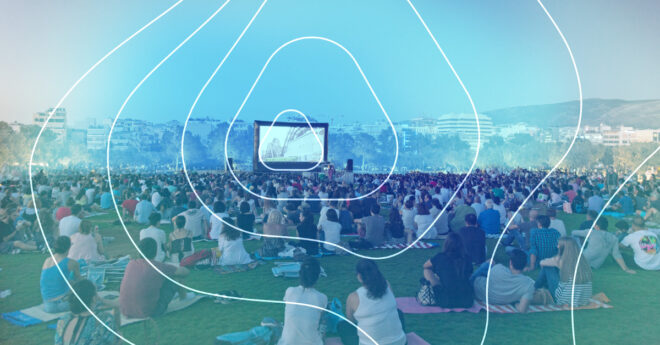




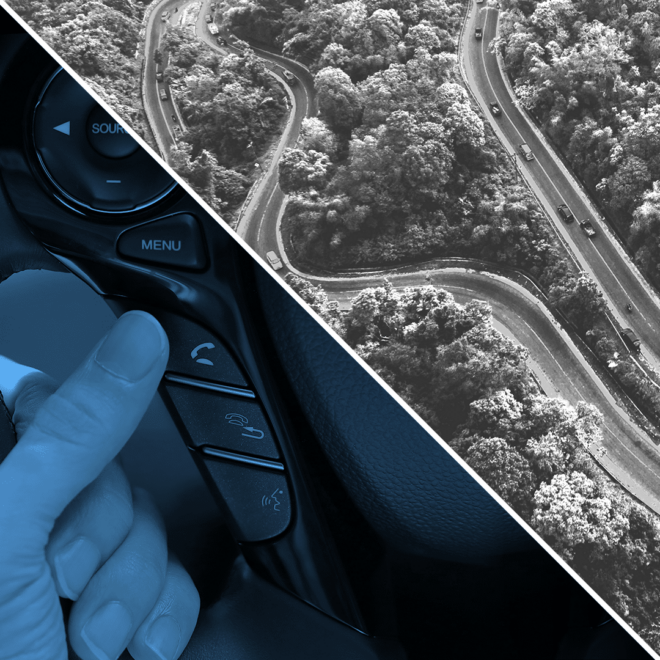

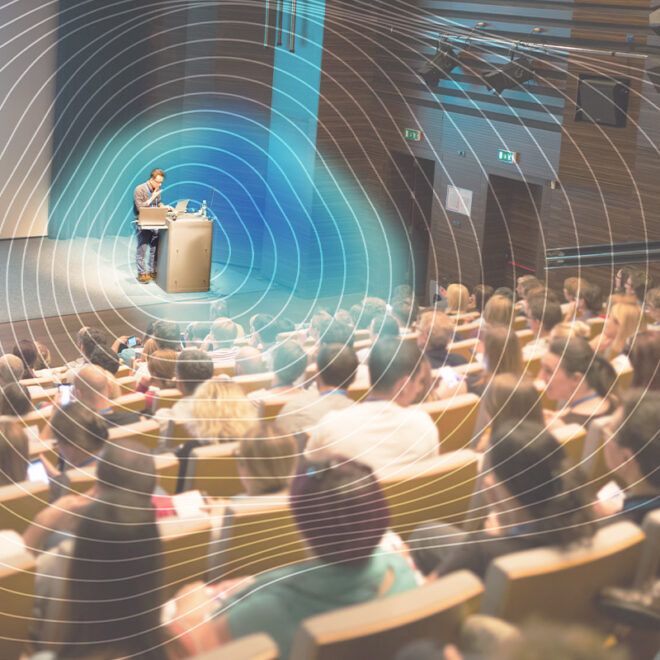
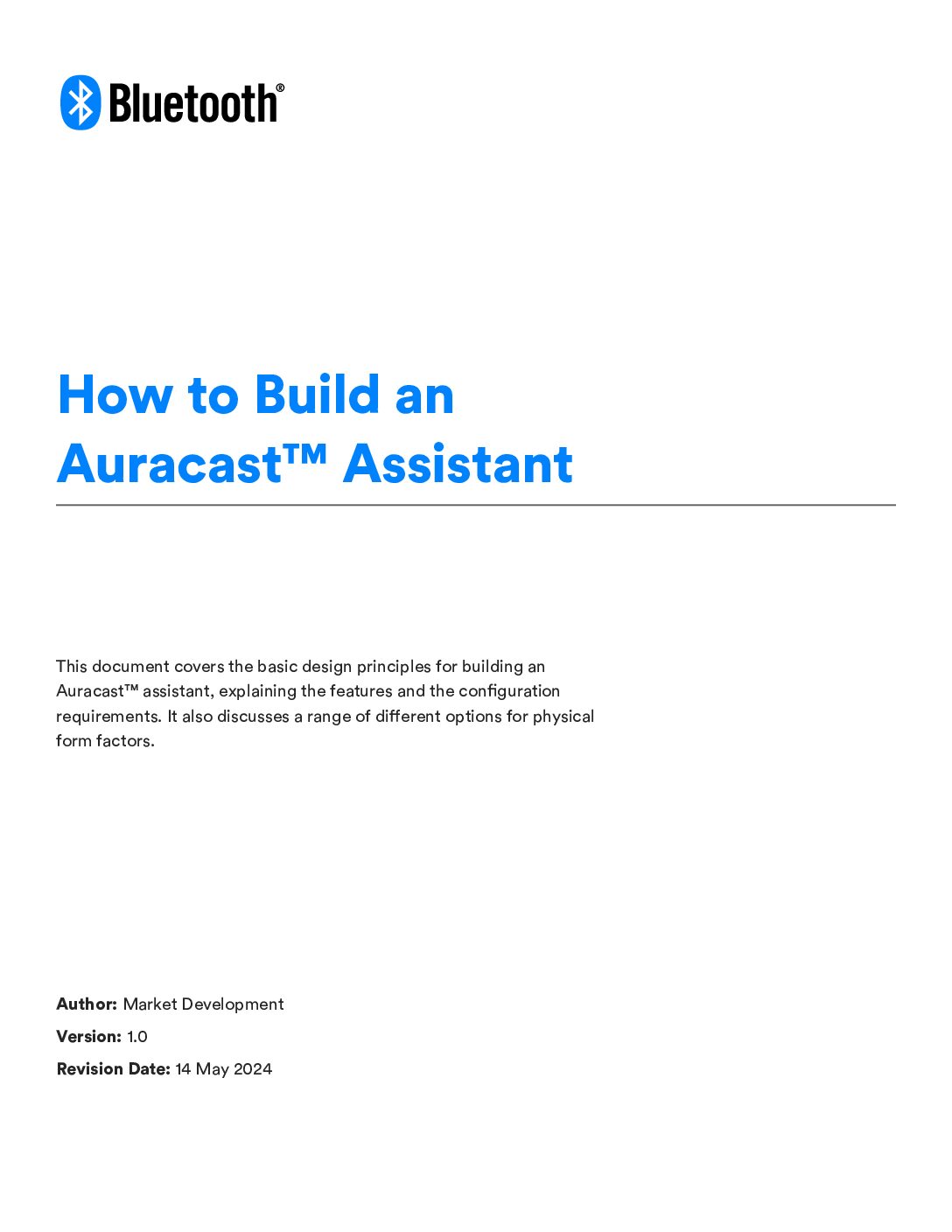

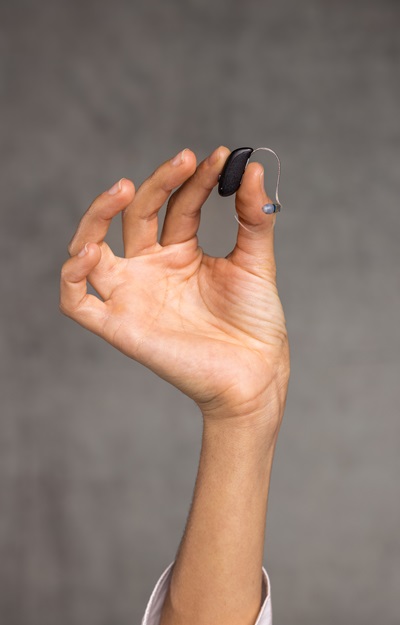
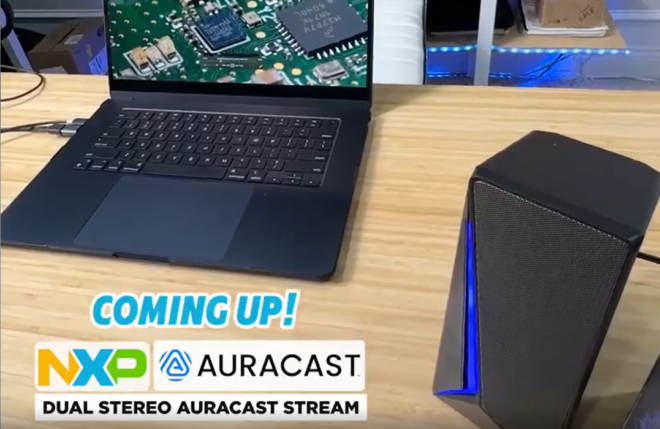
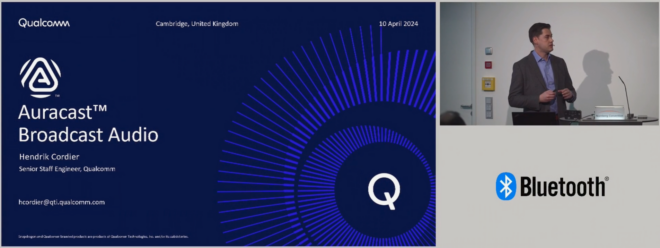
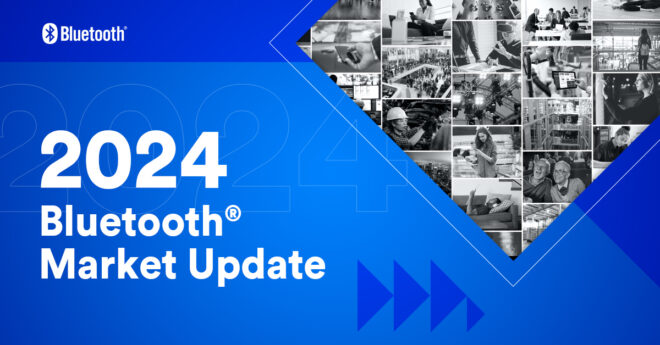
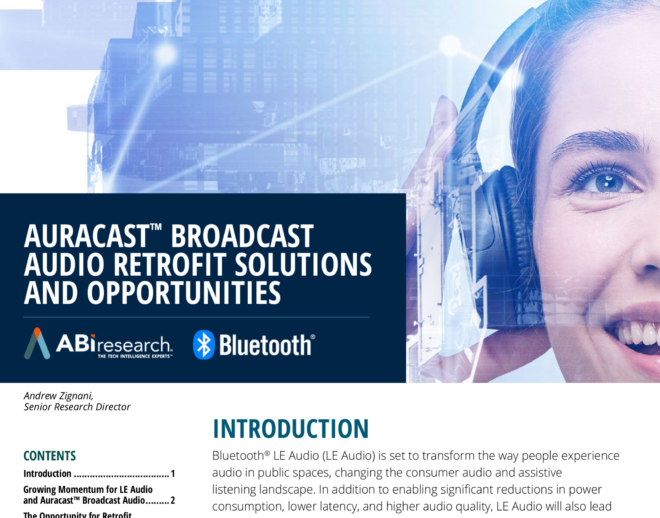
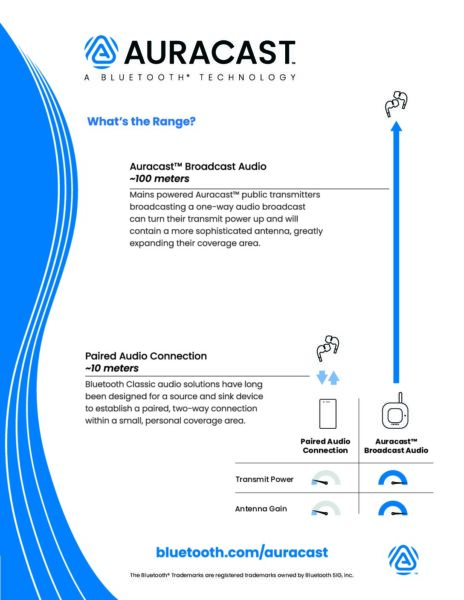
![2312 CES Handout Images FINAL existing pdf 464x600[1]](https://www.bluetooth.com/wp-content/uploads/2024/01/2312_CES_Handout-Images_FINAL-existing-pdf-464x6001-1.jpg)
![2312 CES Handout Images FINAL unlimited pdf 464x600[1]](https://www.bluetooth.com/wp-content/uploads/2024/01/2312_CES_Handout-Images_FINAL-unlimited-pdf-464x6001-1.jpg)
